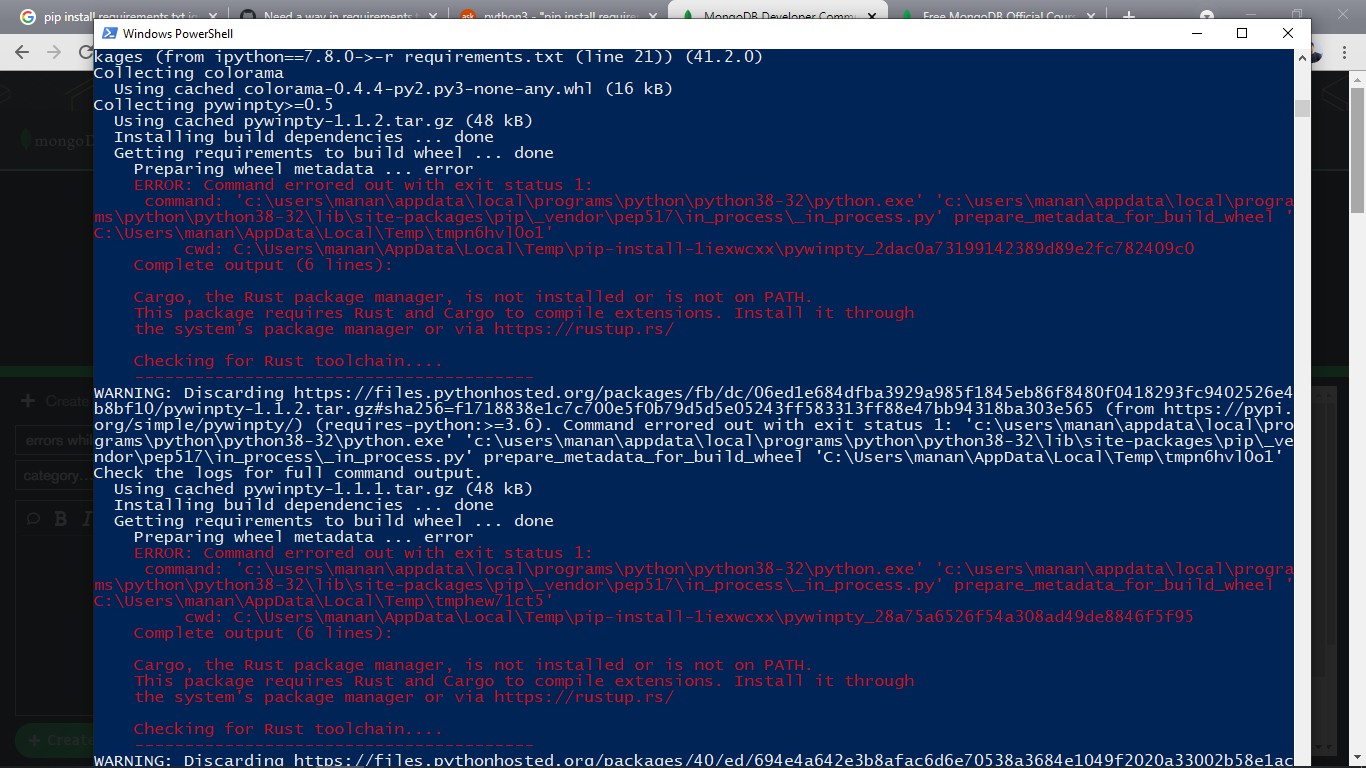

Start by installing the virtualenv package using pip. Next, we'll set up a virtual environment in order to isolate our Flask application from the other Python files on the system.
#Pip flask python 3 install module update
Python 3.4 and 3.6 have this feature built-in, as seen from here from the official Python documentation. Installing Python 3, type: sudo apt-get update sudo apt-get install python3-pip python3-dev nginx Create a Python 3 Virtual Environment. Python 2.7 does not incorporate virtual environments by default, however, there is a module to handle this called Virtualenv. One option python offers to manage this is the usage of Virtual Environments which contain everything needed to run the program inside of your virtual environment directory. When working on many different python programs you may run into issues regarding conflicts between modules that you have installed. īy default, Python packages installed locally on each system will be stored in one of the following directories, depending on which version of python packages you are looking for: Note: ~ is your home directory location, also equivalent to $HOME. Location of installed Python packages through Pipīy default Python packages installed through pip using the '-user' flag will be stored in one of the following locations in your home directory, depending on which version of python you installed the package for:
#Pip flask python 3 install module upgrade

Within the virtual environment, you can use the command pip instead of pip3 and python instead of python3. For Python 3.6 this would be 'pip3.6 install -upgrade -user numpy' Now that the virtual environment is activated, use the Python package manager pip to install Flask: pip install Flask.In this example using Python 2.7: 'pip install -upgrade -user numpy'.This example will upgrade the numpy package:.To upgrade a package use the command '$PIP install -upgrade -user '.If you wish to update a Python module you can do so with the '-upgrade' flag Confirm this action by typing ‘y' then Enter key. The command will ask for confirmation after listing the files to be removed.

NOTE: You will be unable to remove packages installed directly on the system.For Python 3.6 this would be 'pip3.6 uninstall -user flask'.In this example using Python 2.7: 'pip uninstall - flask'.This example will remove the flask package.To uninstall, or remove, a package use the command '$PIP uninstall '.Uninstalling/removing Python packages using Pip This will import the flask package and its dependencies if it has any.For Python 3.6 this would be 'pip3.6 install -user flask'.In this example using Python 2.7: 'pip install -user flask'.This example will install the flask package.To install a package use the command '$PIP install -user ' where $PIP is the Pip Version command in the above table.Flask is a package used for front-end Python web-development. In this example, flask will be installed and uninstalled. Note: The command python3 and pip3 currently map to python3.6 and pip3.6, respectively.


 0 kommentar(er)
0 kommentar(er)
